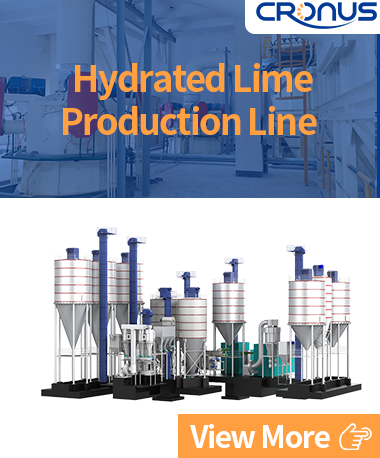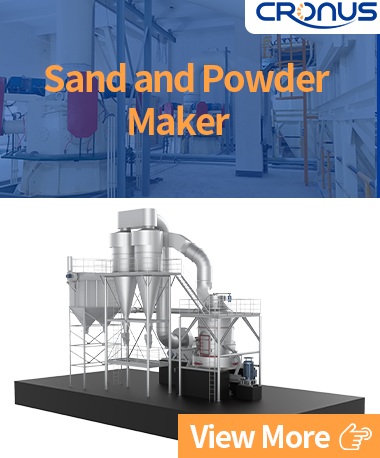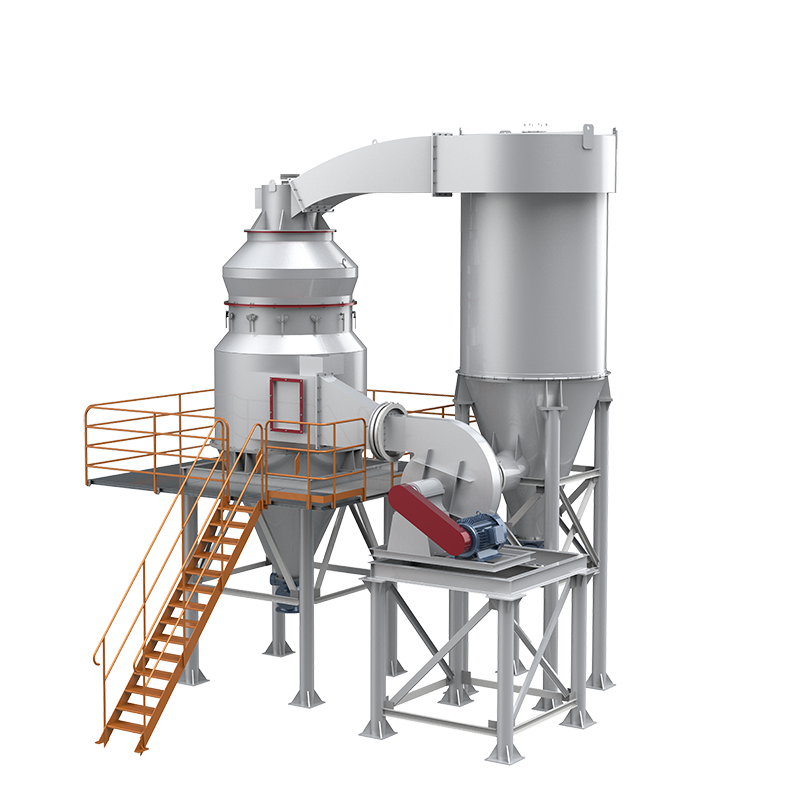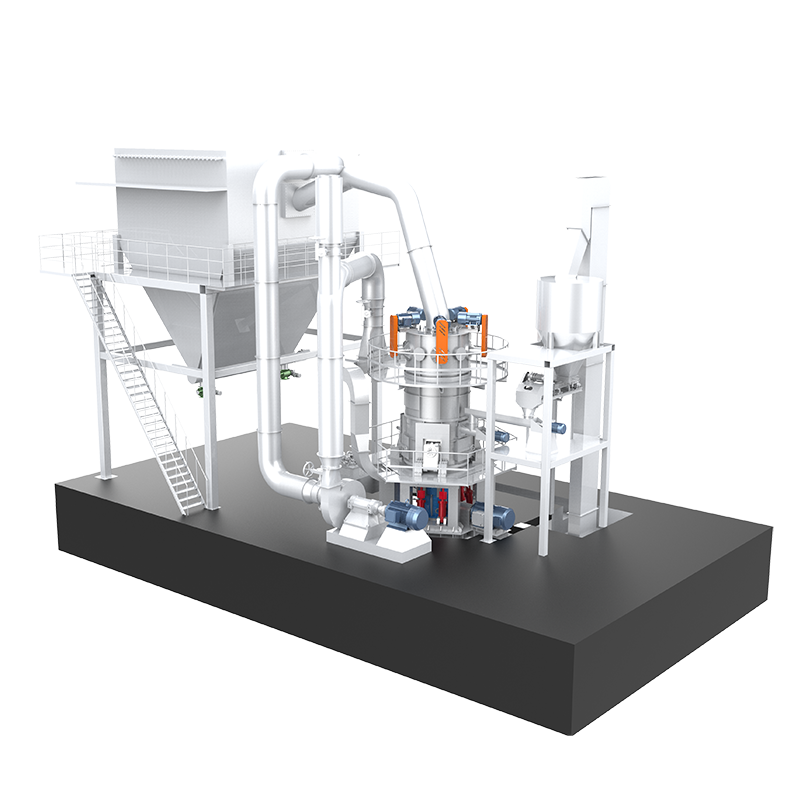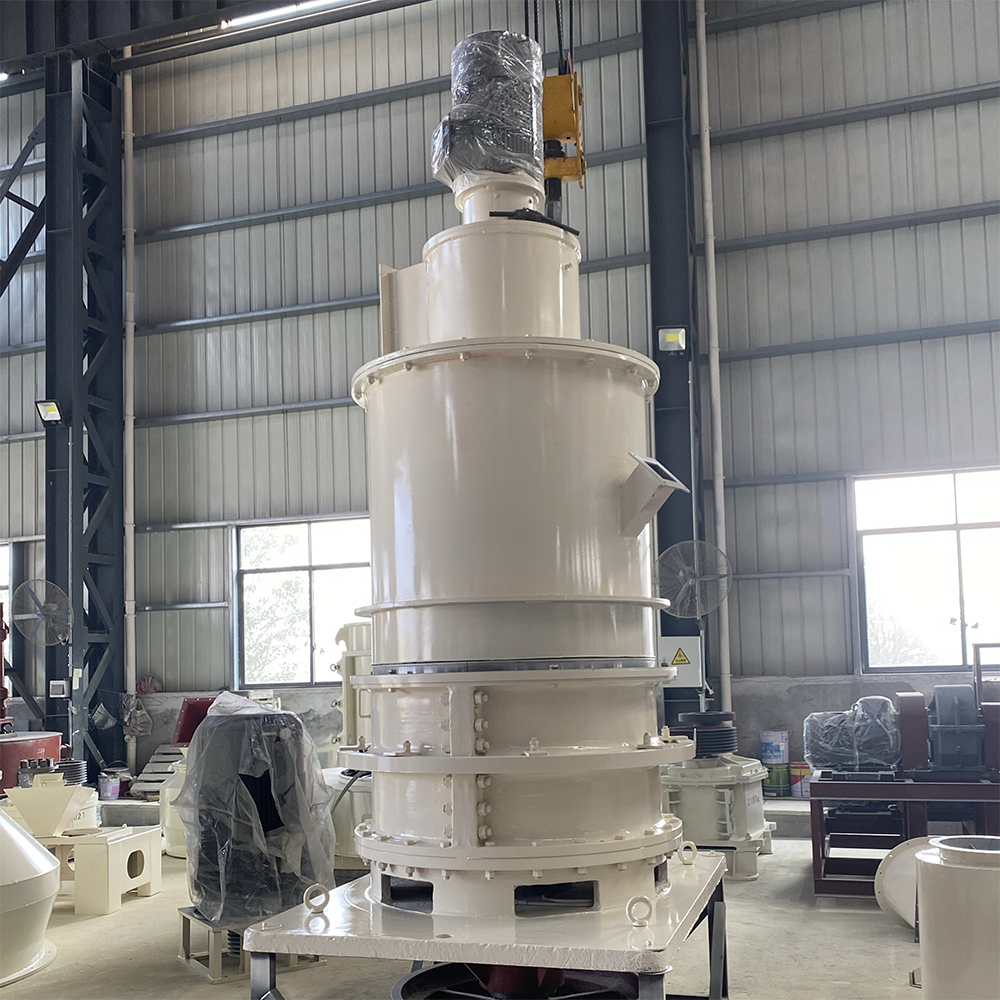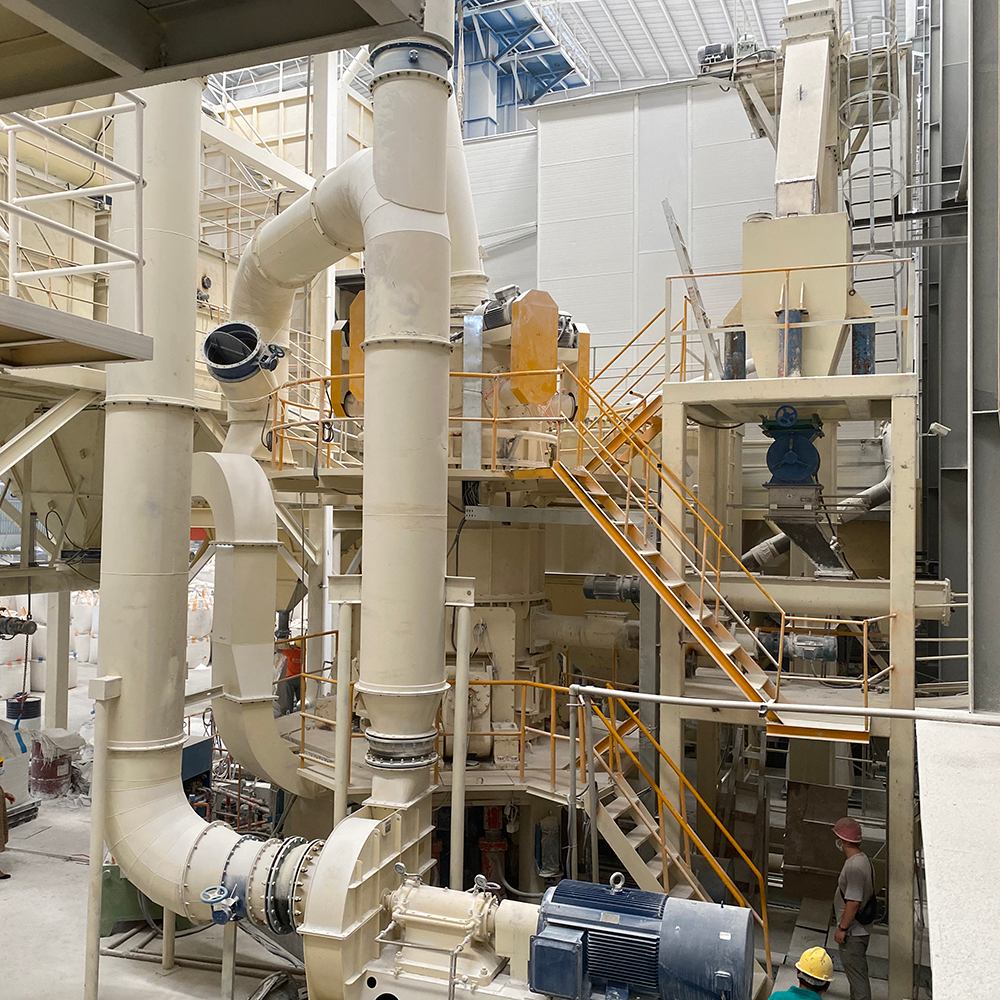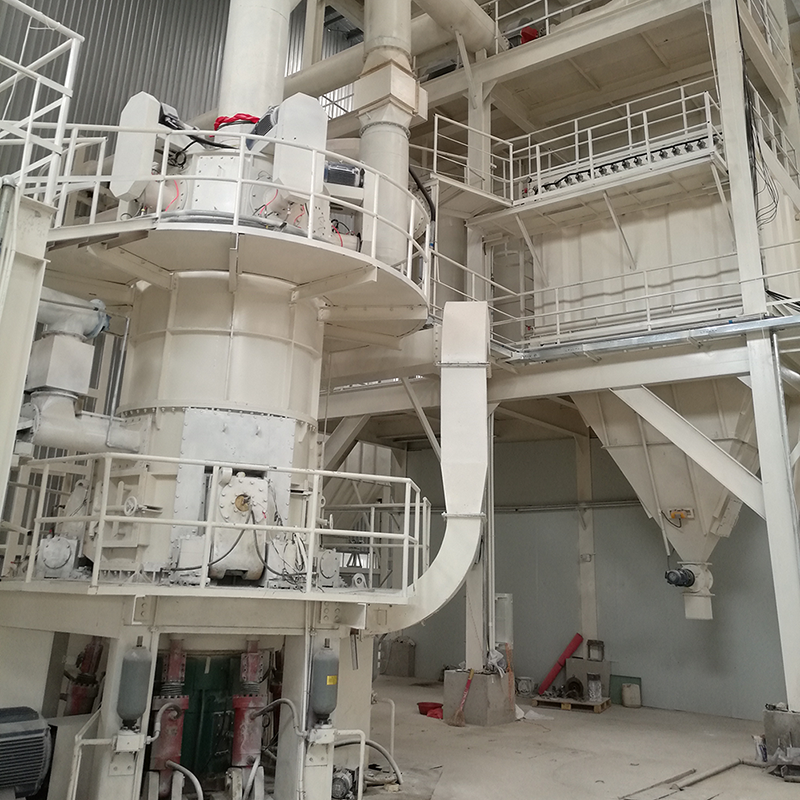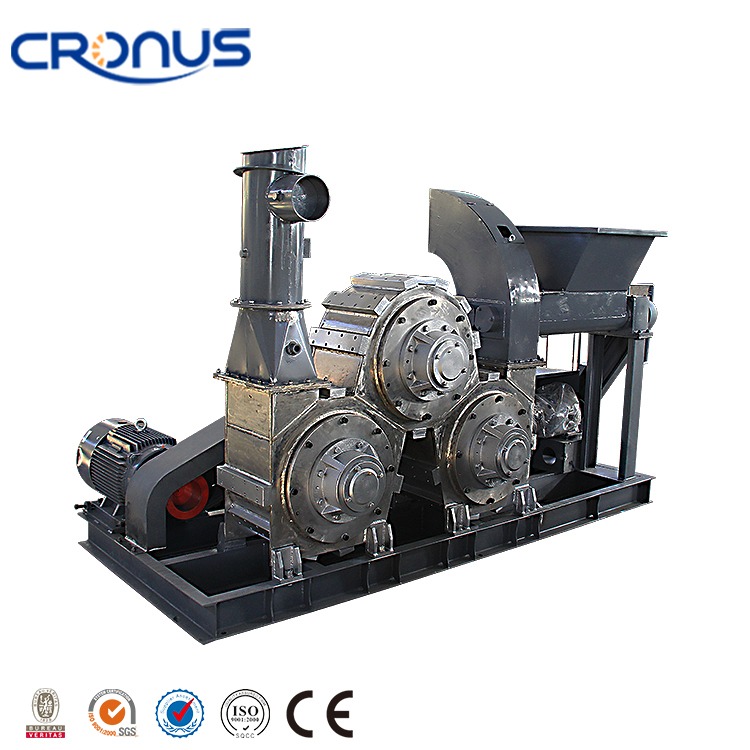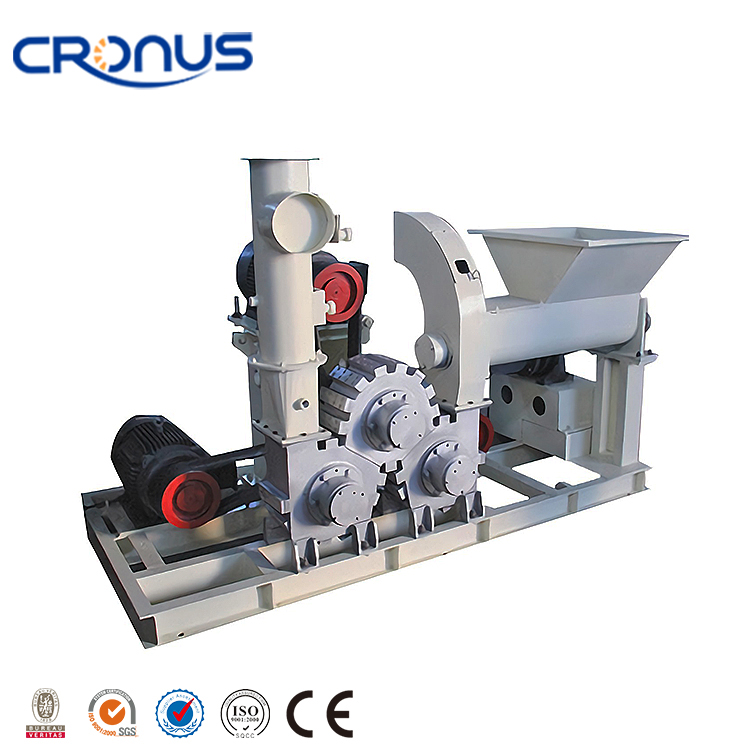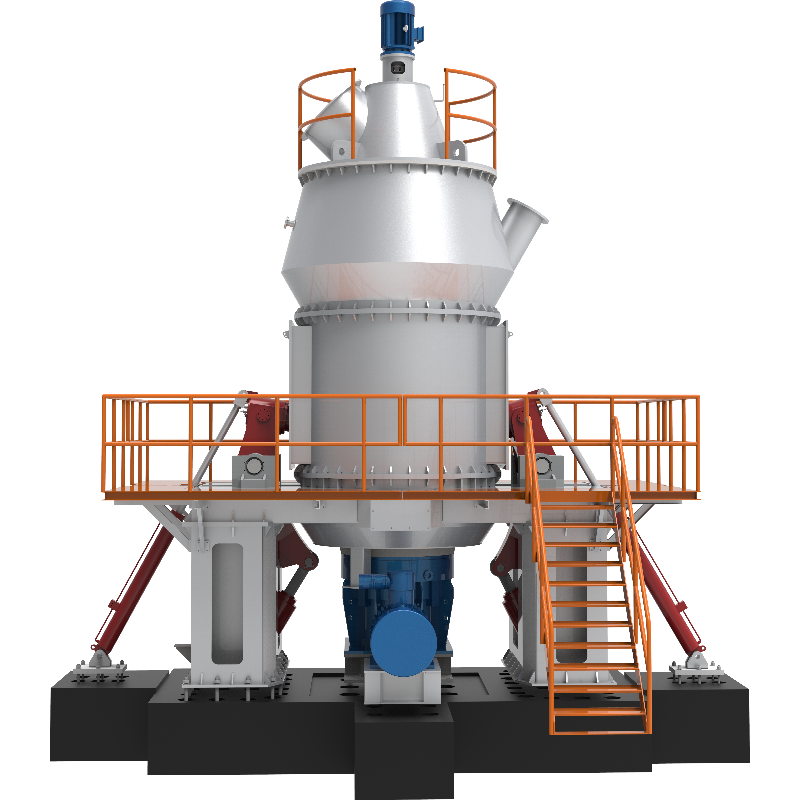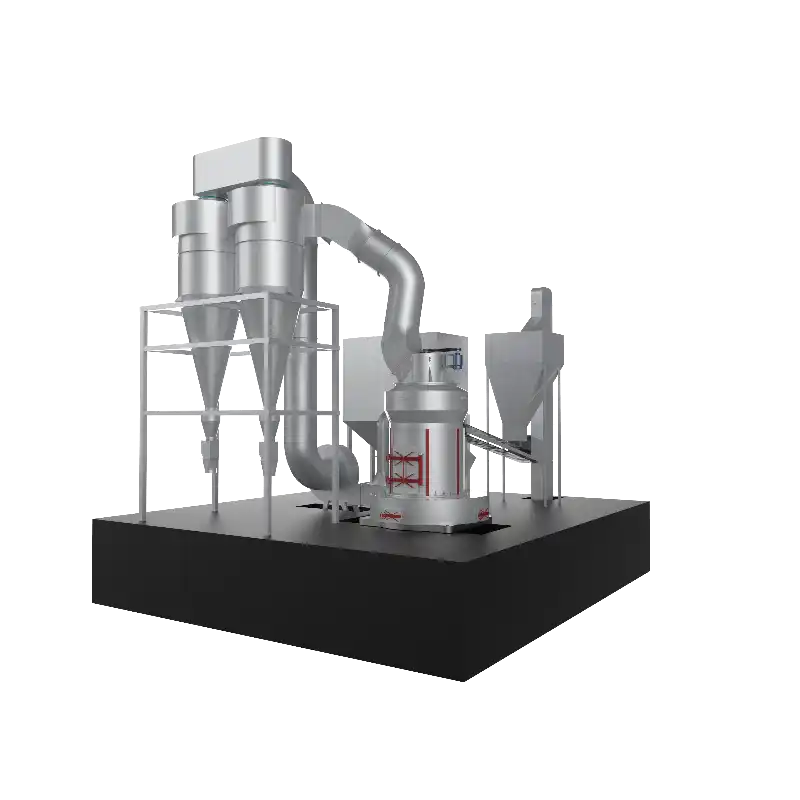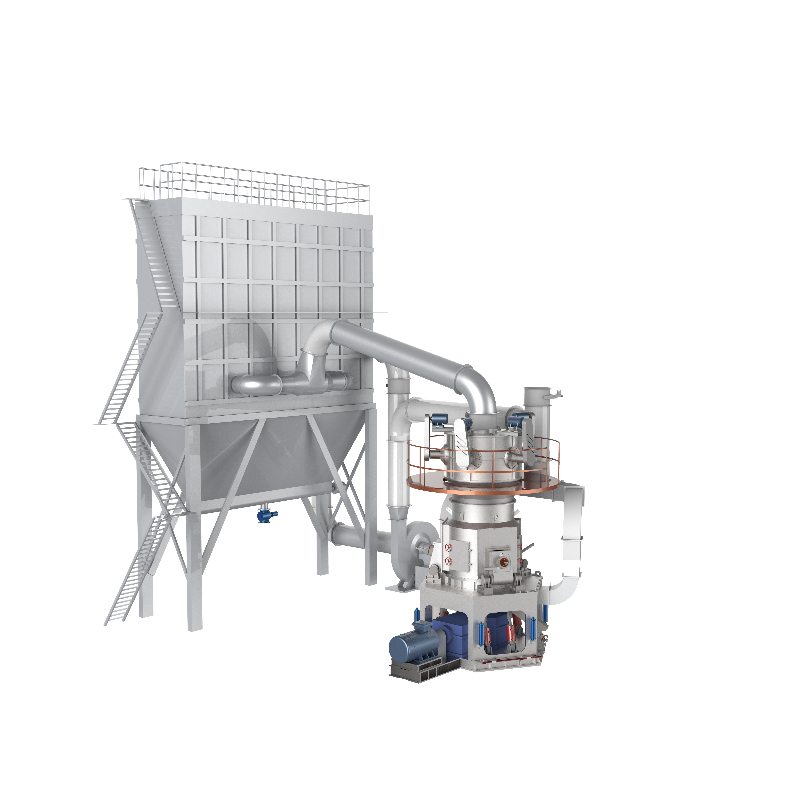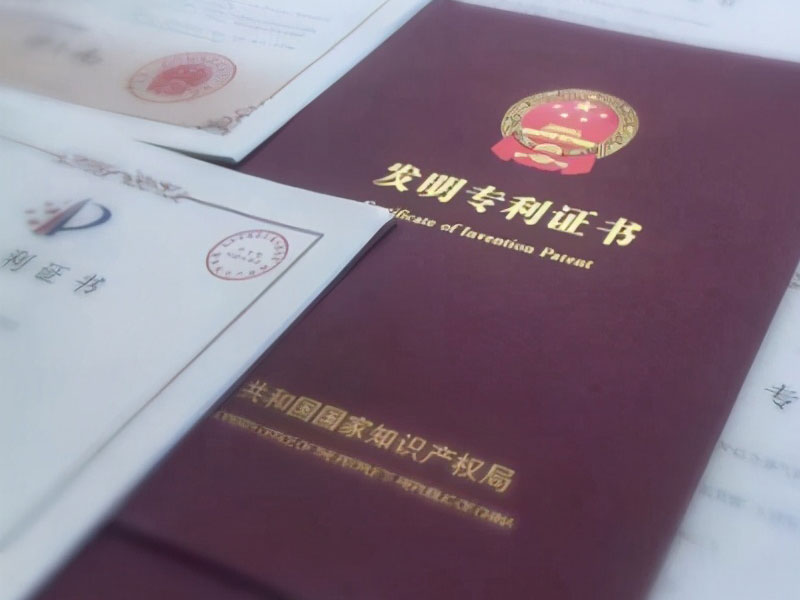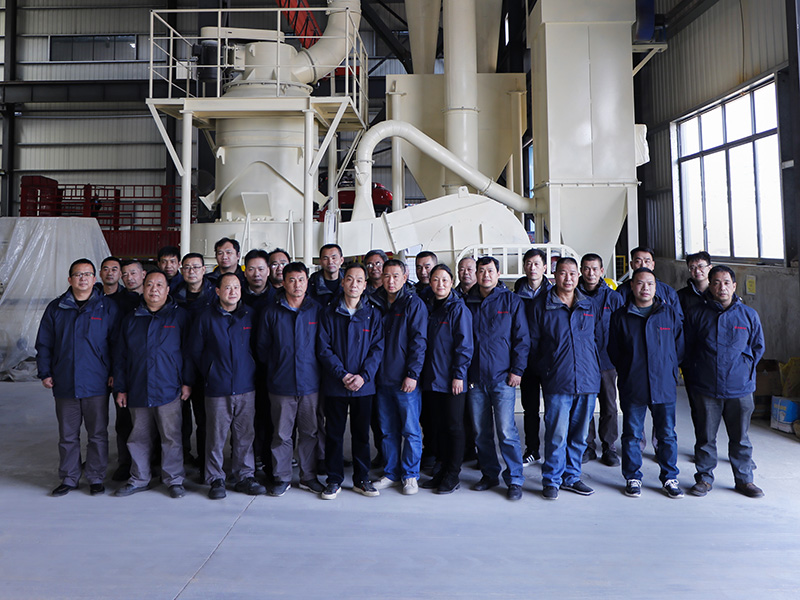Mineral materials refer to material products obtained by processing and transforming natural minerals (mainly non-metallic minerals) or rocks as the main raw materials, or minerals or rocks that can be directly used as materials and are used for the purpose of utilizing their main physical and chemical properties.
This meaning mainly includes the following four aspects: first, natural minerals and rocks that can be used directly or after simple processing; second, finished or semi-finished materials made by physical and chemical reactions with natural non-metallic minerals and rocks as the main raw materials; third, artificially synthesized minerals or rocks; fourth, the direct utilization target of these materials is mainly their own physical or chemical properties, not limited to individual chemical elements.
People divide materials into metal materials, organic materials, inorganic non-metallic materials and composite materials. Minerals are divided into three categories: metal minerals, non-metallic minerals and fuel minerals.
Metallic minerals refer to minerals whose metal elements are extracted through smelting for the final use purpose, such as aluminum minerals, which are extracted and utilized after smelting.
Most non-metallic minerals refer to some minerals that directly utilize the inherent physical and chemical properties of their natural mineral raw materials, such as kaolin, quartz, etc. These are minerals that are directly used as materials.
Fuel minerals refer to minerals that extract and utilize the heat energy in them through thermochemical reactions, such as coal, which mainly obtains the heat energy in it through combustion.
The means of utilizing metal minerals and fuel minerals is to change the original chemical structure of the minerals to achieve the purpose of utilization, that is, to realize the value of the minerals by changing the microstructure of the minerals themselves; while non-metallic minerals utilize the technical physical properties of their macroscopic structure, and most of them do not change the microstructure of the minerals.
Then, according to the definition of mineral materials, mineral materials are very similar to the currently used non-metallic minerals, but they also include metal minerals and fuel minerals. That is to say, as long as the original microstructure of the currently used metal minerals or fuel minerals is not destroyed and their macroscopic technical physical properties are retained and utilized, then this metal mineral or fuel mineral also belongs to mineral materials. For example, hematite can be directly used as iron red, and hematite at this time is a mineral material.
Therefore, the scope of mineral materials is larger than the current scope of non-metallic minerals and cannot be treated the same. Broadly speaking, mineral materials include various minerals in nature, including metallic minerals, non-metallic minerals and fuel minerals.
Characteristics of mineral materials:
Versatility
The versatility of mineral materials means that a mineral material can have multiple uses. For example, bentonite with montmorillonite as the main component can be used in various industries such as oil drilling mud, iron ore pellet binder, edible oil decolorizer, wine and beverage clarification, oil purification, sewage treatment, pesticide carrier, waterproof seal, cosmetic raw materials, etc.
Diversity
The diversity of mineral materials refers to the wide variety of minerals and the complexity of mineral properties. At present, there are more than 3,000 known natural minerals, their composition structures are very complex, and each mineral has its own unique physical, chemical and process properties. However, despite the wide variety of mineral materials, at the beginning of the 20th century, humans had developed and applied less than 60 kinds of mineral materials. Although more than 200 kinds of mineral materials have been developed and applied, the proportion of the total number of mineral materials is still very small, which means that mineral materials still have huge research, development and application potential.
Large reserves and low prices
Compared with artificial synthetic materials, mineral materials generally have huge reserves and low production costs.
Strong substitutability
The strong substitutability of mineral materials means that minerals with similar properties can replace each other in applications.
Wide application fields
At present, the application of mineral materials has almost involved all industrial fields, including building materials, chemicals, machinery, metallurgy, textiles, electronics, agriculture, food, medicine, environmental protection, gems, arts and crafts and other fields and departments. Moreover, mineral materials can be more effective in places that require special requirements such as high strength, high speed, high temperature resistance, light weight, insulation, and corrosion resistance.
Significant economic benefits
Since mineral materials have the characteristics of multiple uses, large reserves and low prices, the research and development of mineral materials can obtain huge economic benefits, and the economic benefits obtained will be different with the different depth and breadth of mineral material development. For example, the price of bulk bentonite is US$30/t, while the price of organic bentonite is US$2400-3600/t, and this value-added can reach 80-120 times.
Classification of mineral materials
With the research of mineral materials, people currently classify mineral materials into the following three methods: first, classification according to the main mineral names in mineral materials; second, classification according to the structure of mineral materials; third, classification according to the function of mineral materials. Among them, classification according to the main mineral names in mineral materials is the oldest classification method, which is named after the most important mineral name in the mineral material.
Such as asbestos materials, graphite materials, mica materials, etc., which means that the main minerals in these mineral materials are asbestos, graphite, mica, etc. However, due to the increasing number of mineral materials being developed and utilized, and the mineral materials used for the same function can often be substituted for each other, this classification method has gradually shown its limitations, which requires other classification methods to enrich and supplement it.
Classification according to the structure of mineral materials
This classification method is to classify according to the material composition and their mutual relationship in mineral materials. Then, according to the structure of mineral materials, mineral materials are usually divided into two categories: single mineral materials and composite materials.
Single mineral materials
Single mineral materials refer to materials that are mainly composed of a single mineral, such as flexible graphite paper, graphite filler, carbon fiber, graphite fiber, electrical mica sheet, diamond, expanded perlite, light calcium carbonate and heavy calcium carbonate.
Composite materials
Composite materials refer to mixed systems composed of mineral materials and other materials, which are called composite materials. Composite materials are divided into three categories: inorganic composite materials, inorganic and organic composite materials and mixed composite materials:
(1) Inorganic composite materials refer to systems composed of two or more inorganic mineral materials, which are called inorganic composite materials. Such as asbestos cement products, microporous calcium silicate and ceramic materials. However, it should be pointed out that in composite materials, as long as the matrix of the composite material is a mineral material, even if some other materials such as organic or metal materials are used as reinforcing materials in the composite material, it is also called an inorganic composite material. For example, steel fiber cement and paper fiber gypsum board are both inorganic composite materials.
(2) Inorganic and organic composite materials refer to a system in which inorganic mineral materials are used as reinforcing materials and are compounded with organic polymer materials. For example, synthetic brake shoes for trains, asbestos rubber sheets and fiberglass products.
(3) Hybrid composite materials refer to systems composed of two or more common composite materials. Usually refers to materials in which two fibers with different properties are mixed in a matrix as reinforcing materials. Hybrid composite materials are considered to be the latest research results of composite materials and are also called "composite materials of composite materials". For example, friction materials for aircraft, high-strength structural materials used in aviation and energy sectors, etc. are hybrid composite materials.
Classification according to the composition structure and processing characteristics of mineral materials
1) Natural mineral materials. Refers to minerals or rocks that directly use their physical and chemical properties, and the raw material composition and structure are not changed after physical processing. Including fillers (such as heavy calcium powder, talcum powder, etc.), decorations (such as stone, gemstones, etc.), optics (such as crystal, fluorite, etc.), Chinese medicine (such as mirabilite, gypsum, etc.), grinding materials (such as garnet, corundum, etc.), health and nutrition (such as tourmaline, medical stone, etc.) and insulation materials (such as asbestos rope, cloth, etc.).
2) Modified mineral materials. After the minerals (rocks) are processed and transformed by ultra-fine, ultra-pure modification, modification, etc., the composition or structure of the raw materials is changed or partially changed, including surface modification (such as pearl mica, modified calcium carbonate, etc.), component modification (such as modified bentonite, fluorinated graphite, gypsum, etc.) and structure modification (such as expanded perlite, expanded vermiculite, expanded graphite, rock wool, etc.).
3) Artificial mineral materials. These are artificially synthesized mineral materials that simulate the principle of natural mineral or rock formation. They include artificial crystals (such as artificial crystals, artificial diamonds, artificial gemstones, mineral whiskers, etc.), porous materials (such as synthetic zeolites, microporous calcium silicate), nano-mineral powder materials (such as nano-calcium carbonate, nano-zinc oxide, etc.), etc.
4) Composite mineral materials. Composite mineral materials are artificially synthesized mineral materials with different phase compositions, including mineral-organic composites (such as friction materials, sealing materials, insulating materials, etc. synthesized with polymer materials such as asbestos, vermiculite, wollastonite, mica, etc.) and mineral-inorganic composites (such as inorganic gelling materials reinforced with mineral fibers, building materials with mineral skeletons as the main framework, thermal insulation materials, electrical functional materials, etc.).
| Material Type | Mineral Raw Materials | Material Varieties | Application Fields |
|---|---|---|---|
| Functional Powder Materials | Calcite, marble, chalk, talc, pyrophyllite, illite, graphite, kaolin, dickite, mica, wollastonite, sillimanite, diatomite, bentonite, saponite, sepiolite, attapulgite, rutile, feldspar, zircon sand, barite, gypsum, quartz, asbestos, garnet, tourmaline, andalusite, kyanite, brucite, zeolite, tremolite, pumice, nepheline, opal, etc. | Fine powder (10–1000 μm), ultrafine powder (0.1–10 μm), ultrafine or one/two-dimensional nanopowder (0.001–0.1 μm), surface-modified powder, high-purity powder, composite powder, high-aspect-ratio needle-like powder, large-aspect-ratio flake powder, porous powder, etc. | Plastics, rubber, adhesives, chemical fibers, paints, coatings, ceramics, glass, refractory materials, thermal insulation materials, flame retardants, cementitious materials, papermaking, machinery, petrochemicals, power, transportation, microelectronics, metallurgy, building materials, beverages, instruments, pharmaceuticals, feed, aerospace, soil improvement, wastewater, and exhaust gas treatment, etc. |
| Mechanical Functional Materials | Asbestos, gypsum, graphite, granite, marble, quartzite, zircon sand, kaolin, feldspar, diamond, garnet, mica, talc, wollastonite, tremolite, limestone, diatomite, flint, opal, etc. | Asbestos cement products, calcium silicate boards, fiber gypsum boards, stone materials, structural ceramics, inorganic/polymer composites (water pipes, plastic-steel windows, etc.), diamond (tools, drill bits, grinding wheels, polishing paste), abrasives, lining materials, brake linings, brake pads, graphite bearings, gaskets, sealing rings, clutch facings, lubricants (paste), cylinder gaskets, asbestos rubber sheets, asbestos packing, etc. | Building materials, construction, machinery, power, transportation, agriculture, chemical industry, light industry, aerospace, petroleum, microelectronics, geological exploration, metallurgy, coal, etc. |
| Thermal Functional Materials | Asbestos, graphite, quartz, feldspar, diamond, vermiculite, diatomite, sepiolite, attapulgite, brucite, perlite, mica, talc, kaolin, wollastonite, zeolite, rutile, zircon sand, limestone, dolomite, bauxite, etc. | Asbestos cloth, sheets, boards, rock wool, glass wool, mineral wool acoustic boards, foam asbestos, foam glass, vermiculite fireproof insulation boards, diatomite bricks, expanded vermiculite, expanded perlite, microporous calcium silicate boards, glass microspheres, thermal insulation coatings, refractory materials, magnesia-carbon bricks, carbon/graphite composites, heat storage materials, mullite, cordierite, zirconia ceramics, etc. | Building materials, construction, metallurgy, chemical industry, light industry, machinery, power, transportation, aerospace, petroleum, coal, etc. |
| Electromagnetic Functional Materials | Graphite, quartz, diamond, vermiculite, mica, talc, kaolin, rutile, tourmaline, iron garnet, etc. | Carbon-graphite electrodes, brushes, colloidal graphite, fluorinated graphite products, electrode paste, thermistors, batteries, nonlinear resistors, ceramic semiconductors, garnet-type ferrites, piezoelectric materials (piezoelectric crystals, automatic ignition components, etc.), mica capacitors, mica paper, mica boards, electrical ceramics, packaging ceramics, etc. | Power, microelectronics, communications, computers, machinery, aviation, aerospace, maritime, etc. |
| Optical Functional Materials | Crystal, Iceland spar, fluorite, etc. | Polarizing, refracting, and focusing lenses, optical glass, optical fibers, filters, polarizing materials, fluorescent materials, etc. | Communications, electronics, instrumentation, machinery, aviation, aerospace, light industry, etc. |
| Wave-Absorbing and Shielding Materials | Rutile, tourmaline, quartz, kaolin, graphite, barite, bentonite, talc, etc. | Titanium dioxide (titanium white), nano-silica, alumina, nuclear reactor shielding materials, skincare creams, protective clothing, thermal clothing, plastic films, matting agents, etc. | Nuclear industry, military, cosmetics (skincare), civilian (military) clothing, agriculture, coatings, leather, etc. |
| Catalytic Materials | Zeolite, kaolin, diatomite, sepiolite, attapulgite, dickite, etc. | Molecular sieves, catalysts, catalyst carriers, etc. | Petroleum, chemical industry, pesticides, pharmaceuticals, etc. |
| Adsorbent Materials | Zeolite, kaolin, diatomite, sepiolite, attapulgite, dickite, bentonite, saponite, perlite, diatomaceous earth, graphite, talc, etc. | Filter aids, decolorizing agents, desiccants, deodorants, antibacterial agents, water treatment agents, air purifiers, oil pollution treatment agents, nuclear waste treatment agents, etc. | Beer, beverages, edible oils, food, industrial oils, pharmaceuticals, cosmetics, environmental protection, household appliances, chemical industry, etc. |
| Rheological Materials | Bentonite, saponite, sepiolite, attapulgite, hydromica, etc. | Organoclay, thixotropic agents, anti-settling agents, thickeners, gelling agents, leveling agents, drilling mud, etc. | Various paints, coatings, adhesives, cleaning agents, oil extraction, geological exploration, etc. |
| Binding Materials | Bentonite, sepiolite, attapulgite, hydromica, etc. | Pellet binders, sodium silicate, adhesives, casting molds, clay-based composite binders, etc. | Metallurgy, construction, casting, light industry, etc. |
| Decorative Materials | Marble, granite, inkstone, mica, pyrophyllite, opal, crystal, garnet, olivine, agate, jade, pyroxene, malachite, Iceland spar, amber, turquoise, diamond, moonstone, etc. | Decorative stones, pearlescent mica, colored stones, various gemstones, ornamental stones, etc. | Construction, building materials, coatings, leather, cosmetics, jewelry industry, tourism, etc. |
| Biological Functional Materials | Zeolite, medical stone, kaolin, diatomite, sepiolite, attapulgite, bentonite, saponite, perlite, diatomaceous earth, talc, tourmaline, calcium carbonate, etc. | Pharmaceuticals and health products, drug carriers, feed additives, antibacterial agents, adsorbents, cosmetic additives | Pharmaceutical industry, biochemical industry, animal husbandry, cosmetics, etc. |
Application of mineral materials
Natural minerals have properties that artificial materials cannot match. For example, graphite's high-temperature resistance far exceeds that of synthetic materials. Its melting point is 3850°C, it evaporates at 4500°C, and its mass loss in 10 seconds at 7000°C is only 0.8%, while the mass loss of artificial materials is 12.9%. The strength of graphite at 2500°C is twice that of room temperature. Natural minerals also have excellent corrosion and oxidation resistance, so their development and utilization are rapidly advancing and have become a symbol of industrialization.
The application of mineral materials covers almost all industrial fields. According to different application fields, they can be divided into thermal insulation materials, insulating materials, ceramic materials, building materials, chemical raw materials, agricultural materials, fillers, medicinal materials, environmental protection materials, grinding materials, gemstone materials and functional materials.
